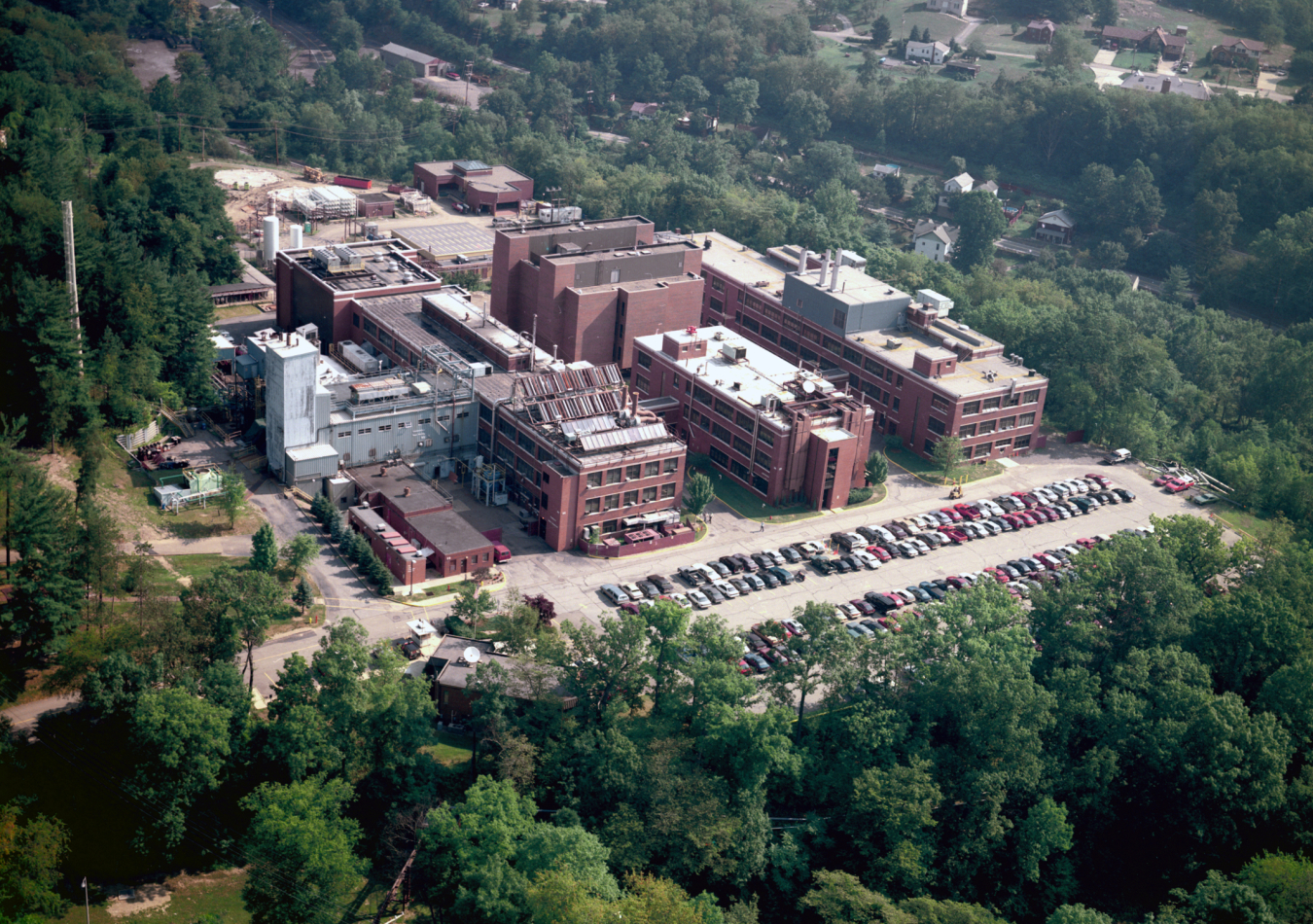The Office of Fossil Energy is thankful for all of the great contributions from our lab the National Energy Technology Laboratory throughout the year.
Office of Fossil Energy and Carbon Management
December 21, 2018
Pictured is NETL in Pittsburgh, PA.
This holiday season, the Office of Fossil Energy (FE) is thankful for our national lab, the National Energy Technology Laboratory (NETL). As the only government-owned and -operated lab—of the Department of Energy’s 17 national laboratories—it’s also the only national lab dedicated to fossil energy research. In fact, for more than 100 years, NETL has been working to advance technologies related to fossil energy to provide clean, reliable, and affordable energy to the American people. And for that, we’re incredibly grateful.
With nearly 1,500 federal and contractor employees, NETL is located across three campuses in Morgantown, WV; Pittsburgh, PA; and Albany, OR. Across locations, these employees work diligently to advance technologies across all areas of fossil energy, with programs that include carbon capture, carbon storage, rare earth elements, enhanced oil recovery, methane hydrates, and much more. And their efforts have not gone unnoticed.
In a recent town hall meeting in Pittsburgh, PA, Assistant Secretary for Fossil Energy (ASFE) Steven Winberg addressed the lab, iterating how important NETL’s work is to FE.
ASFE Winberg said, “I’ve been Assistant Secretary for Fossil Energy for just over a year, and I don’t think I could more impressed with—or proud of—the NETL team. This is a great organization made up of smart, dedicated, hard-working people.” He continued, “We’re doing a lot of important work, and you here at NETL are making a difference doing what you do every day.”
This praise stems from some of the major accomplishments that the lab achieved in 2018. In 2018, NETL did the following:
- Developed the first-ever database inventory of oil and natural gas infrastructure information from 194 hydrocarbon-producing and consuming countries in the world. The inventory, which is available on NETL’s Energy Data eXchange (EDX), is known as the Global Oil and Gas Infrastructure database, and it identifies more than 4.8 million individual features like wells, pipelines, and ports.
- Developed a new manufacturing system for optical sensors in the energy industry. The system features improved sensors and controls for power plants that can cut costs for utility operators and customers by increasing efficiency, limiting outages, and reducing carbon dioxide (CO2) emissions.
- Managed a project that safely and permanently stored 1 million tons of CO2 while boosting domestic oil production. The Midwest Regional Carbon Sequestration Partnership, led by Battelle, achieved this important milestone while storing CO2 in a series of depleted oil fields in northern Michigan.
- Developed a way to effectively filter water from sources such as oil and natural gas well flowbacks, industrial waste streams, acid mine drainage, and even municipal drinking water as a way to recover valuable rare earth elements, which are integral components of high-technology products.
- Supported an interagency federal research cruise on the University of Delaware’s research vessel Hugh R. Sharp. The cruise sailed along the Mid-Atlantic margin to characterize methane hydrate deposits; it yielded seismic data that confirmed previously detected methane hydrates, and it also discovered new deposits.
NETL is essential to all our work in the Office of Fossil Energy, and we’re grateful for everything the lab does. Thank you for another year of great work, NETL!

